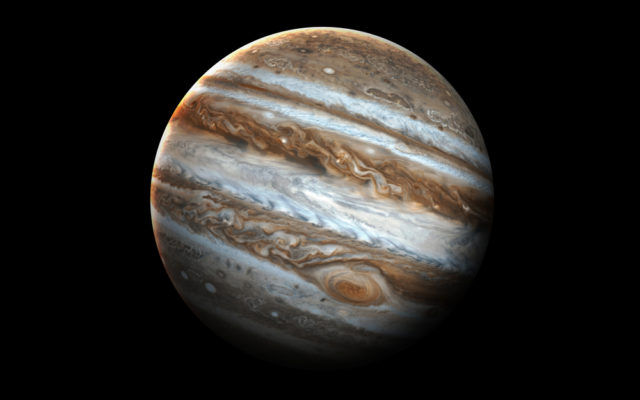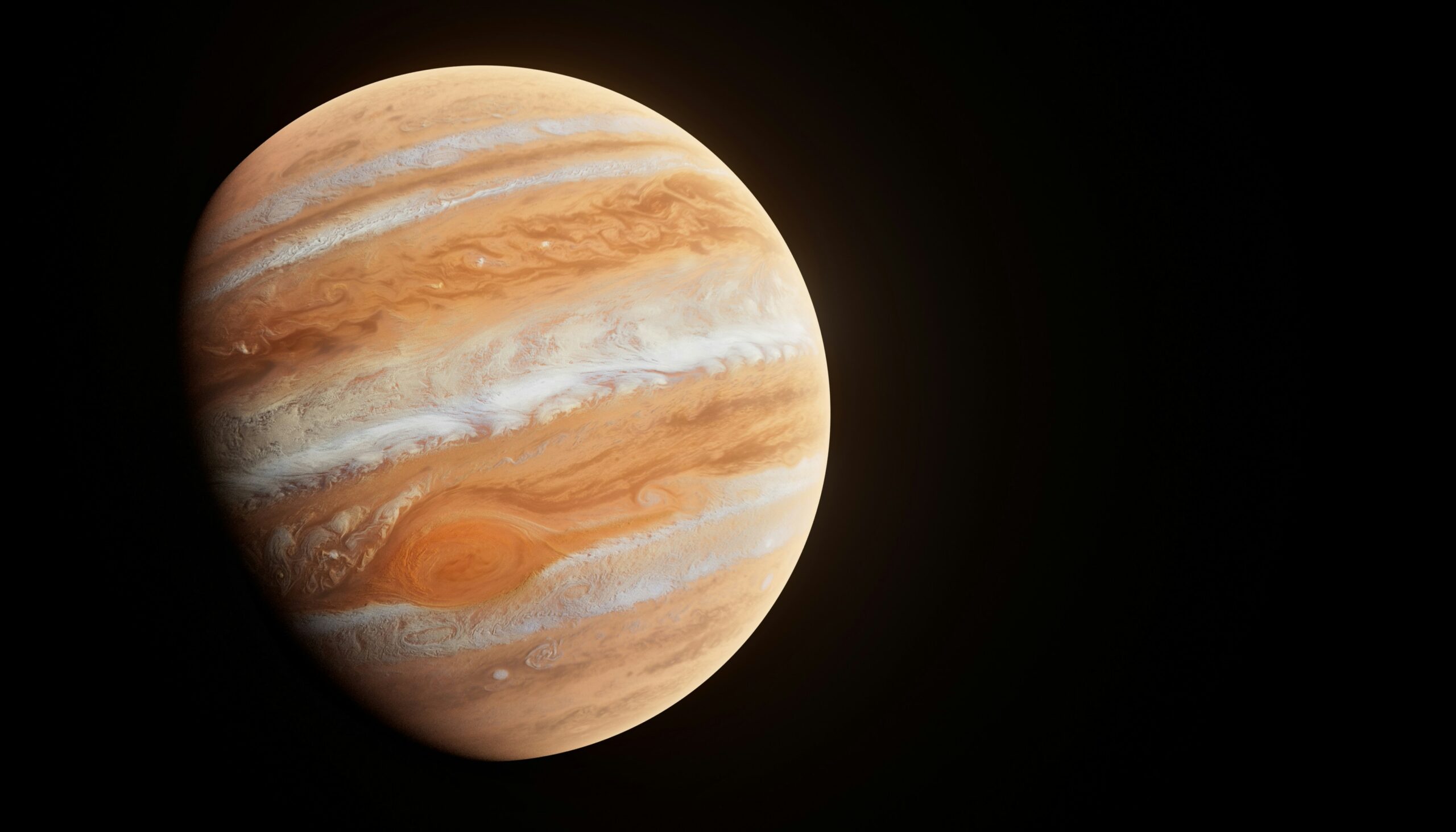Jupiter and Earth are two fascinating celestial bodies that share some similarities but also have several distinctive features. Let’s explore how these two planets differ and what similarities they possess.
Size and Composition
Jupiter is the largest planet in our solar system, with a diameter of about 86,881 miles, while Earth has a diameter of approximately 7,917 miles. Jupiter is composed mostly of hydrogen and helium gases, giving it a gaseous outer layer, while Earth is a rocky planet with a solid surface.
Atmosphere
The atmosphere of Jupiter is primarily made up of hydrogen and helium, along with traces of methane, ammonia, water vapor, and other compounds. Earth’s atmosphere consists mainly of nitrogen, oxygen, and small amounts of other gases such as carbon dioxide and argon.
Magnetic Field
Jupiter has a powerful magnetic field, which is about 20,000 times stronger than Earth’s. This magnetic field creates intense radiation belts around the planet. Earth also has a magnetic field, albeit much weaker, which helps protect it from harmful solar radiation.
Moons
Jupiter boasts an impressive number of moons, with over 80 known satellites orbiting around it. Earth, on the other hand, has only one natural satellite, the Moon.
Weather and Climate
Jupiter experiences extreme weather phenomena, including massive storms like the famous Great Red Spot. Earth, in contrast, has a more stable climate, with a variety of weather patterns influenced by factors such as latitude, altitude, and proximity to large bodies of water.
Potential for Life
While Earth is teeming with life, Jupiter is not considered habitable. Its harsh conditions, such as extreme temperatures and high levels of radiation, make it inhospitable for life as we know it.
In summary, Jupiter and Earth differ in terms of size, composition, atmosphere, magnetic field, number of moons, weather, and potential for life. Despite these differences, both planets offer unique insights into the vast diversity of our universe.


